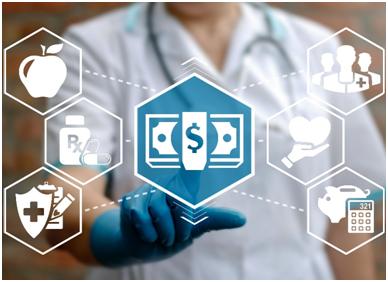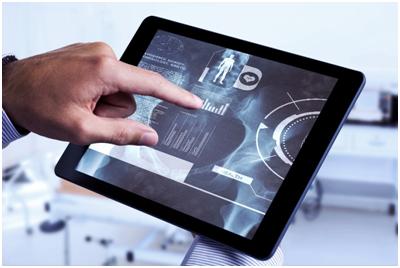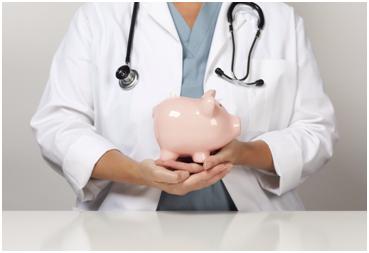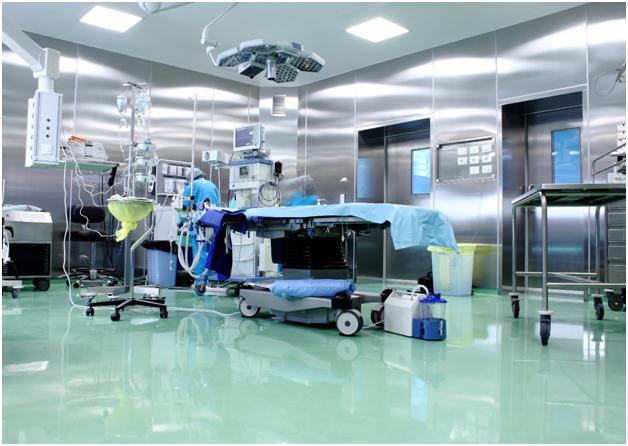|
Seven Tips for Financing Medical Equipment Whether you’re starting your first medical practice or you’ve had an established practice for years, medical equipment costs can take a big bite out of your budget. Financing medical equipment can help give physicians needed breathing space, but they need to be aware of the advantages leasing provides compared to a bank loan or other arrangement. Also, physicians need to be aware of the tax benefits that Section 44 of the tax code provides for financing equipment that provides better access for the disabled, such as adjustable power tables.
According to Medical Economics, doctors starting a small primary care practice are likely to spend between $50,000 and $65,000 for furniture, medical equipment, and office equipment. Examination tables, otoscopes, colposcopes, imaging equipment, and more add up, and the cost has imposed a real financial burden on many physicians. Replacing disposable medical supplies and updating obsolete or worn out medical equipment is an ongoing expense for medical practices, costing doctors thousands each year. Medical Economics found that primary care physicians spend about half of their practice revenue on operating expenses, while specialists fared little better, spending 43 to 50 percent of earnings on overhead costs.
Skimping on medical equipment to save money is a poor choice, however. Malfunctioning or outdated equipment may contribute to mistakes that can harm patients and cost doctors in terms of malpractice suits. Older equipment and facilities can also be a big turn-off to patients.
Financing can help doctors get the medical equipment they need without forking over a huge chunk of their working capital. Financing arrangements allow physicians to make monthly payments on equipment, providing needed relief to their bank accounts. Traditional bank loans to finance the cost of medical equipment has some big drawbacks, however. For starters, loans carry interest, which can substantially add to the total price of medical equipment. Depending on the borrower’s credit history, interest rates can be quite high. Banks also typically require a down payment for a loan, which can eat into doctors’ start-up or working capital.
Also, while it is true that the medical practice will own the equipment it financed when the term of the loan is over, by then chances are that the equipment will be outdated or its resale value will be low.
A Better Option Financing medical equipment through leasing agreements with medical supply companies may provide a better option for practices seeking the latest, best quality equipment for their practices. Medical equipment suppliers have a big motivation to make lease agreements as favorable as possible for hospitals and practices, as good, mutually advantageous leases can secure loyal clients for decades. Medical practice administrators, as well as hospital and clinic heads, should consider these benefits of leasing medical equipment:
Patients are definitely checking out their doctors’ equipment. According to a Modern Healthcare survey, about 40 percent of patients polled said health care providers exceeded their expectations by having up-to-date equipment. The same survey found that 41 percent of patients said modern amenities such as comfortable furniture and refreshments increased their satisfaction.  Leasing Considerations When leasing medical equipment, doctors and healthcare facility managers should take the following into consideration:
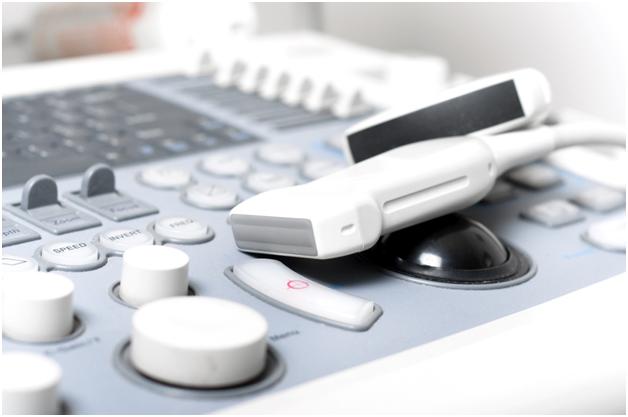 Consult with a Tax Professional Before making any major financial decision regarding leasing or financing for your practice, it pays to consult with a tax professional. Tax professionals can ensure whether your purchase is eligible for a Section 44 Disabled Access Credit and offer other advice concerning how equipment purchases can reduce your tax liability. Finding a Reliable Partner
Healthcare providers are under increasing pressure to satisfy patients, particularly if they serve a younger demographic. According to Modern Healthcare, Millennials are 156 percent more likely than older generations of patients to change providers if they are satisfied. Stocking your practice with modern, quality medical equipment is one way you can gain the respect and loyalty of patients.
Doctors and hospital administrators need a reliable partner to provide medical equipment and financing. Medical professionals should seek an experienced provider of medical equipment that offers a clear and unambiguous description of its leasing agreements. Medical Device Depot is an online seller of medical supplies and equipment. Whether you’re looking for otoscopes, colposcopes, or the latest high-tech medical equipment, Medical Device Depot can provide top quality gear from trusted manufacturers. Medical Device Depot sets a high standard for customer service and ensures that calls are answered by trained representatives that understand physicians’ needs and the capabilities of equipment sold by the company.
Medical Device Depot’s equipment leasing agreements are a win-win for the company and the medical professionals it serves, providing the company with new, loyal customers and doctors with the latest medical equipment at affordable prices.
|

